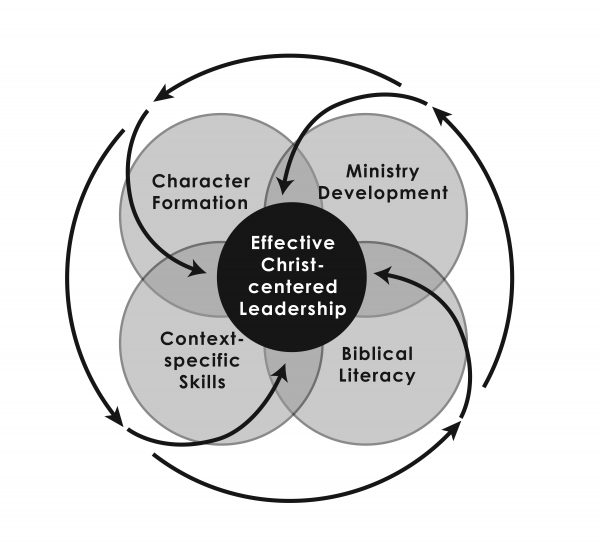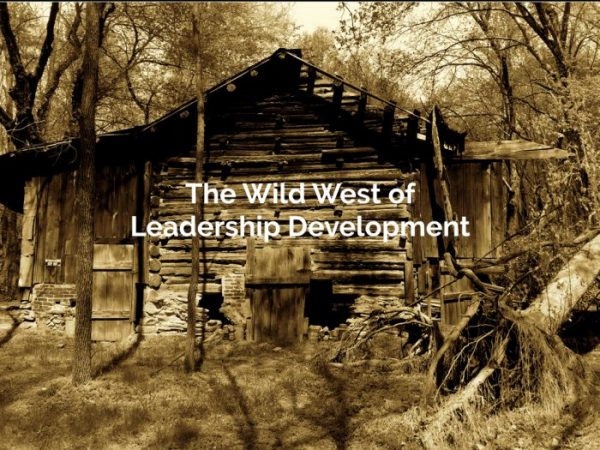Leadership Development Over the past several weeks we have been looking at how the term “leadership development” means a lot of things to a lot of people and without a common understanding of terms we might get lost in the wild west of expansion. Last week we at Freedom to Lead defined Christ-centered “leadership development” as “adult-focused, intentional cultivation that seeks to establish and enhance effective Christ-centered leadership practices.” However, merely having a working definition of leadership development is not sufficient to make the way forward. We need to size up the task before us.
Read moreLeadership development is often like the Wild West expansion in the mid 19thcentury. When I was in my elementary and middle school years you would most likely find me building forts in the woods creating a world of my own. My brother and I and our neighborhood friends would create new paths and “discover” new streams and ponds. These were simpler days when our time was set by the arrival of lightning bugs that signaled dinner was ready. One of my favorite forms of creative outside play was to imagine we lived in pioneer days, the days of covered wagons and panning for gold. Perhaps it was a unit we studied in school or this new computer program called “Oregon Trail” that inspired me, but I liked to imagine that quest of making our way west. At the time we lived just across the Hudson River from New York City. The idea of “westward expansion” to Oregon and California was mesmerizing.
Read moreLeaders craft the cultures of their organizations – consciously or not – by what they consistently measure. If leaders want something to become important – or remain important – in the minds and hearts of organizational stakeholders, they must figure out a way to measure it. On the other hand, if leaders do not highlight a particular value or provide a means to measure it, that stated value will not likely be an actual value in the organization – especially in times of stress and pressure.
Read moreOrdering a search of “leadership development” from Google currently yields 29 million menu options. Both for-profit and not-for-profit organizations invest billions of dollars each year on strategies intended to develop leaders. The pervasive need for better leaders in all spheres of private and public life teases our appetite for solutions.
But has all our investment of time, energy, and money paid off? What is the “return on investment (ROI)” for developing leaders? Do our efforts to develop leaders really work? And if so, what kind of leadership development works?
Read moreSebastian (fictitious name) met us soon after the border officials had checked all our necessary papers and approved us for entry. For several days, Sebastian led us on a whirlwind tour of the church in mainland China. He told us stories about untold suffering. Along the way, Sebastian recounted his own personal journey as a Christian leader. Born into a Christian family in 1928, Sebastian’s father served as pastor of several churches. Sebastian followed in his father’s footsteps and became a noted church leader in southern China. As his leadership role became more prominent over the years, Sebastian faced increasing scrutiny from the Mao system. Unwilling to compromise his commitment to lead an “unregistered” church, he was arrested and served hard labor for twenty-three years in a communist prison camp. He was finally released when he was sixty-seven years old. Sebastian was faithful to his leadership calling. With a sense of satisfaction, he said, “Although I permanently lost my position and my personal influence, the church in China today is flourishing.” Sebastian’s story exemplifies leadership in the suffering church that may call for biblical alternatives to popular western leadership models.
Read more



